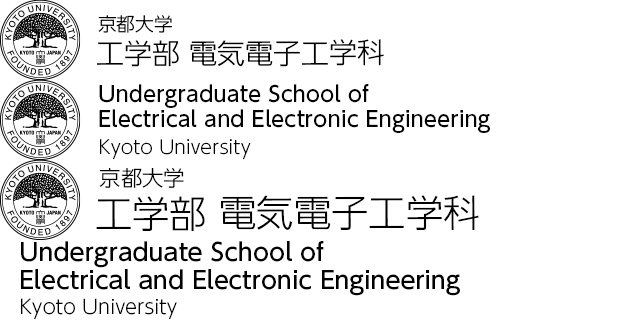Nano-Process Engineering
Nano-process engineering is a key technology for various fields including manufacturing, medical science, and energy applications. In our laboratory, we aim to investigate new physics in nanophotonics and to develop nanophotonic devices with novel functionalities. We are conducting research in collaboration with Noda laboratory in Department of Electronic Science and Engineering.
Academic Staff
Menaka DE ZOYSA
Professor (Graduate School of Engineering)
Research Interests
- Photonic-crystal surface-emitting lasers for LiDAR applications
- Blue-wavelength Photonic-crystal surface-emitting lasers
- Fusion of Photonic-crystal surface-emitting lasers with machine learning
Contacts
Room A1-107, Kyoto University Katsura Campus
TEL: +81-75-383-2872
E-mail: menaka nano.kuee.kyoto-u.ac.jp
Takuya INOUE
Associate Professor (Graduate School of Engineering)
Research Interests
- Theoretical study of nanophotonic devices
- Non-Hermitian Photonic devices
- Short-pulse high-speed photonic-crystal surface-emitting lasers for space applications
Contacts
Kyoto Univ. Katsura Campus A1-110
TEL: +81-75-383-7568
E-mail: t_inoue nano.kyoto-u.ac.jp
Introduction to R&D Topics
Design and fabrication of photonic nanostructures
To realize nanophotonic devices with completely new functionalities, it is necessary to establish design methods of nanostructures with desired functionalities and fabrication techniques to reproduce the designed nanostructures. In our laboratory, we propose and design novel photonic nanostructures by using multiple electromagnetic simulation methods or by establishing an original theoretical analysis method. In addition, we realize the fabrication of the designed structures with sub-nanometer-level accuracy by using state-of-the-art nano-processing equipment such as electron-beam lithography and plasma etching systems.
High-power high-functionality photonic-crystal surface-emitting lasers
By using a large-area optical resonance supported by photonic nanostructures as a resonator for lasing oscillation, high-power narrow-divergence single-mode semiconductor lasers (photonic-crystal surface-emitting lasers: PCSELs) can be realized. In our laboratory, we aim to realize unprecedented functionalities in PCSELs, such as kW-class operation, short-pulse generation, 2D beam-scanning, and high-speed modulation, for a wide variety of applications such as Light detection and ranging (LiDAR), laser micro-processing, and intersatellite optical communications.
Non-Hermitian photonic devices based on photonic nanostructures
In photonic nanostructures, light propagating inside them loses a part of its energy when radiated in the vertical direction. In other words, photonic nanostructures are “non-Hermitian” systems, where the conservation law of energy does not hold, and are expected to exhibit counter-intuitive physical phenomena that differ from Hermitian systems. For example, by appropriately designing photonic nanostructures, it is possible to realize unique optical waveguides that perfectly radiate light in the vertical direction when light is incident from one direction, while perfectly reflect light when incident from the opposite direction. By taking advantage of such non-Hermitian nature, we aim to propose and demonstrate novel nanophotonic devices that transcend the limits of conventional photonics.
